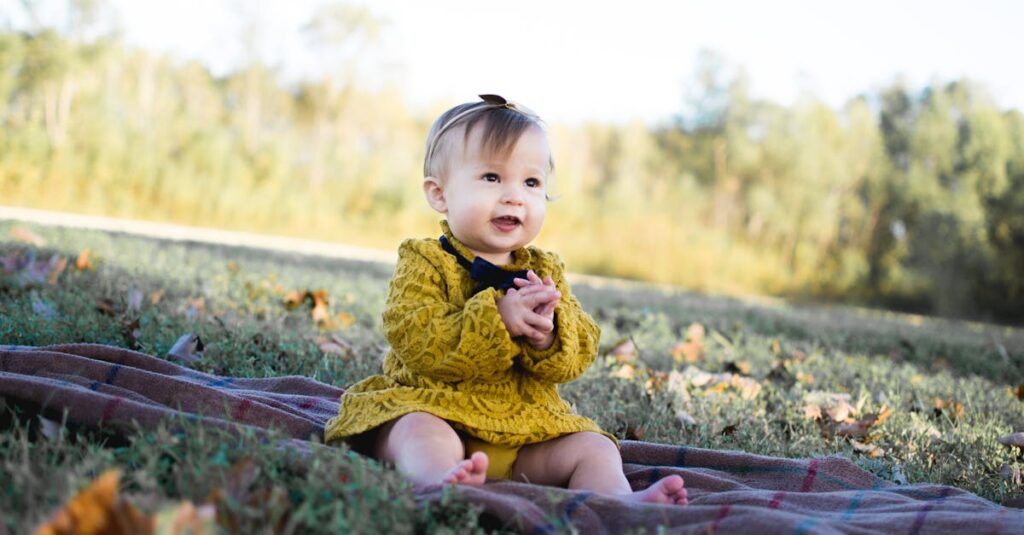Understanding SIDS: Clearing the Air
Guess what keeps many new parents up at night, aside from the baby? If you said coffee, relate much? But seriously, it’s the worry about Sudden Infant Death Syndrome (SIDS). Understanding SIDS is like trying to learn a language that’s mostly silent cues. It’s mysterious but common knowledge pointers can minimize risks. Let’s unfold this together, shall we?
Key Points to Remember:
- SIDS is a term used to describe the sudden and unexplained death of a baby.
- Infants are at the highest risk for SIDS between 2 and 4 months of age.
- Safe sleep practices, such as placing babies on their backs to sleep, can help reduce the risk of SIDS.
The Sleepy Setup: Creating a Safe Sleep Environment
Creating a safe sleep sanctuary for your baby isn’t just about cute bedding sets (though we admit, those are pretty tempting). It’s about making sure their sleep environment is as safe as it can be. This means a firm mattress, snug sheets, and absolutely no extra ‘fluff’ in the crib. Think of it as minimalist chic for babies.
Position Matters: Back is Best
Remember Goldilocks? Well, in the case of baby sleep positions, there is only one ‘just right’ — and that’s on their back. This position has been shown to reduce the risk of SIDS dramatically. So, even if your baby seems more like a side-snoozer, it’s back to basics at bedtime.
Remember: Always place your baby on their back to sleep for a safer snooze!
Stay Cool, Little One: Ideal Sleep Temperatures
Babies are cute but let’s be real, they can’t handle the heat. Keeping the room at a cool, comfortable temperature isn’t just for their comfort but their safety too. Overheating is a no-go, so think cool thoughts and maybe avoid that penguin-themed onesie no matter how adorable it is.
Smoke-Free Zone: Keeping Air Pure
Lighting up a room with your smile? Yes. With anything else? Absolutely not. Keeping your baby’s air pure is key to reducing SIDS risks. This means no smoking, obviously, but also being mindful of the air quality. A smoke-free, well-ventilated room gives your baby the breathing space they need.
The Power of Pacifiers: A Surprising Ally
Who knew that a pacifier could be a superhero? Studies suggest that pacifiers at nap and bedtime might reduce the risk of SIDS. It’s like a little safety shield, plus, it’s an instant soothe button. Just make sure it’s clean and attached to nothing. We’re not aiming to start a new fashion trend here.
Bonding Time: Room Sharing Over Bed Sharing
Having your baby within arm’s reach at night can make a big difference—just not in the same bed. Sharing your room can halve the risk of SIDS compared to co-sleeping. It’s like being close enough to hear them breathe but still giving them their own safe space. Perfect for those middle-of-the-night check-ups.
Room sharing provides a sense of proximity and comfort without compromising safety. It fosters bonding between you and your baby while allowing them their own sleeping environment.

